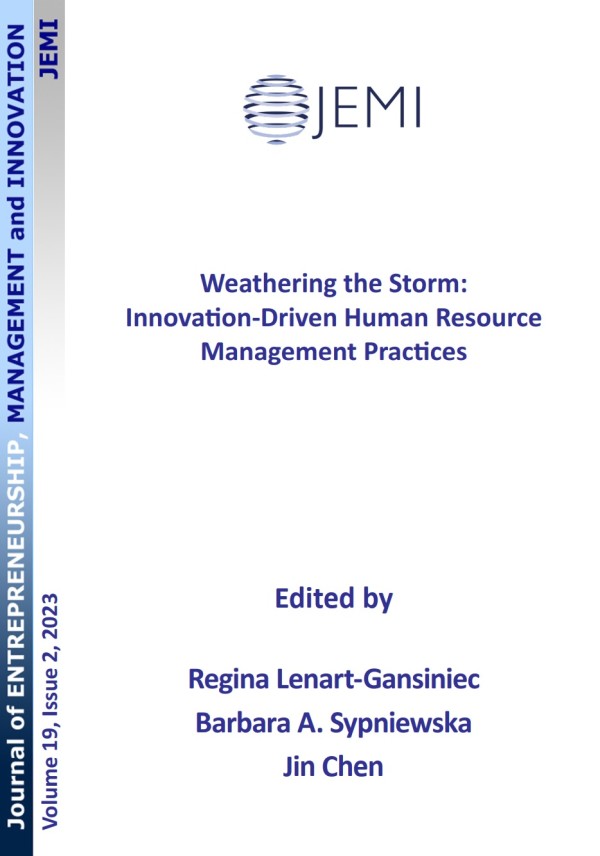Rafikul Islam, Department of Business Administration, International Islamic University Malaysia, Jalan Gombak, 53100 Kuala Lumpur, Malaysia, e-mail: This email address is being protected from spambots. You need JavaScript enabled to view it. 
Nagendran Periaiah, Graduate School of Management, International Islamic University Malaysia, Jalan Gombak, 53100 Kuala Lumpur, Malaysia, e-mail: This email address is being protected from spambots. You need JavaScript enabled to view it. 
Abstract
PURPOSE: Employee performance evaluation is a common exercise conducted in many organizations. Employees need to know the feedback on their performance from the management. Often the results of performance evaluation exercises are used for promotion, confirmation in service and awarding of bonuses for employees. However, the performance evaluation exercise often meets with criticism due to the presence of subjective factors and, specifically, the way in which these factors are handled. The purpose of the present paper is to show how the Ratings mode of the Analytic Hierarchy Process (AHP) can be applied to evaluate employee performance using objective as well as subjective criteria. METHODOLOGY: The whole AHP exercise for the present employee performance evaluation has been shown through a case study on CLSB, a company in Kuala Lumpur, Malaysia. Four senior managers and the Managing Director of the company were involved in all phases of the present evaluation exercise, including elicitation of the criteria, sub-criteria and assigning weights to them. The AHP data were analyzed using software called AHP Calc version 24.12.13 developed by Klaus D. Goepel and available online. In particular, the Ratings mode of AHP was used to evaluate employees’ performance at CLSB. FINDINGS: Five criteria, namely Services, Quality, Financial, Timing, and Teamwork, are found to be important for the evaluation of employee performance at CLSB. Each of these criteria has sub-criteria. Harmonious work, Skills, and Punctuality are found to be the three most important sub-criteria for the present evaluation exercise. The outcome of the evaluation exercise provides an ordered set of ranks of 20 employees working in the company. Apart from the application of AHP for performance evaluation, an ordered set of detailed rubrics for all the criteria have been developed. The rubrics provide precise guidelines to the evaluators at the time of evaluating employees’ performance. IMPLICATIONS: An evaluation scheme that is scientific and systematic, such as the present one, will minimize criticism levied against the performance evaluation exercise. Once the employees are aware of the criteria and sub-criteria set along with the associated weighting scheme and the evaluation process itself, they will be motivated to perform their tasks and discharge their duties accordingly. Hence, employee job satisfaction and productivity are expected to increase. This will bolster not only the employees’ morale but also the organization’s overall performance. ORIGINALITY AND VALUE: In the literature, many schemes are available to evaluate employees’ performance. But often, these methods are criticized as they either take all the criteria of evaluation as equally important or they lack the capability to strike a balance between objective and subjective factors. The main contribution of the present work is to show how AHP can alleviate the above drawbacks of the existing methods. The present research work has developed a performance evaluation method, which is simple and straightforward, and the detailed steps have been elaborated on how the method can actually be applied to measure the performance of employees. The method can be applied to measure employees’ performance of other companies with the necessary modification of the criteria set and assigning appropriate weights to them.
Keywords: employee performance, employee performance evaluation, reward, training need, AHP Ratings






